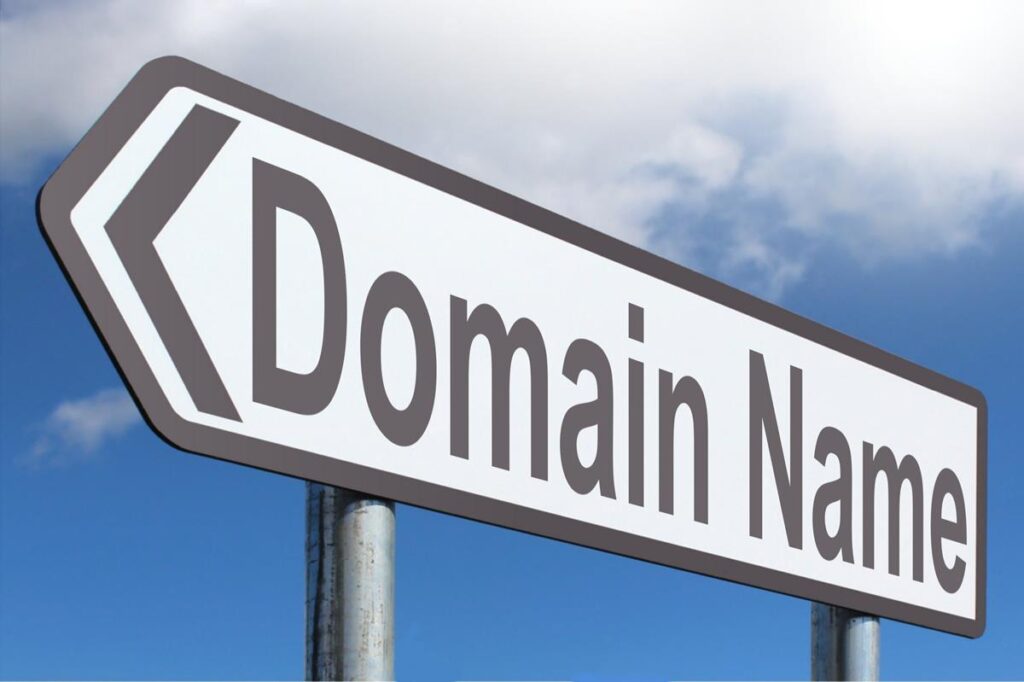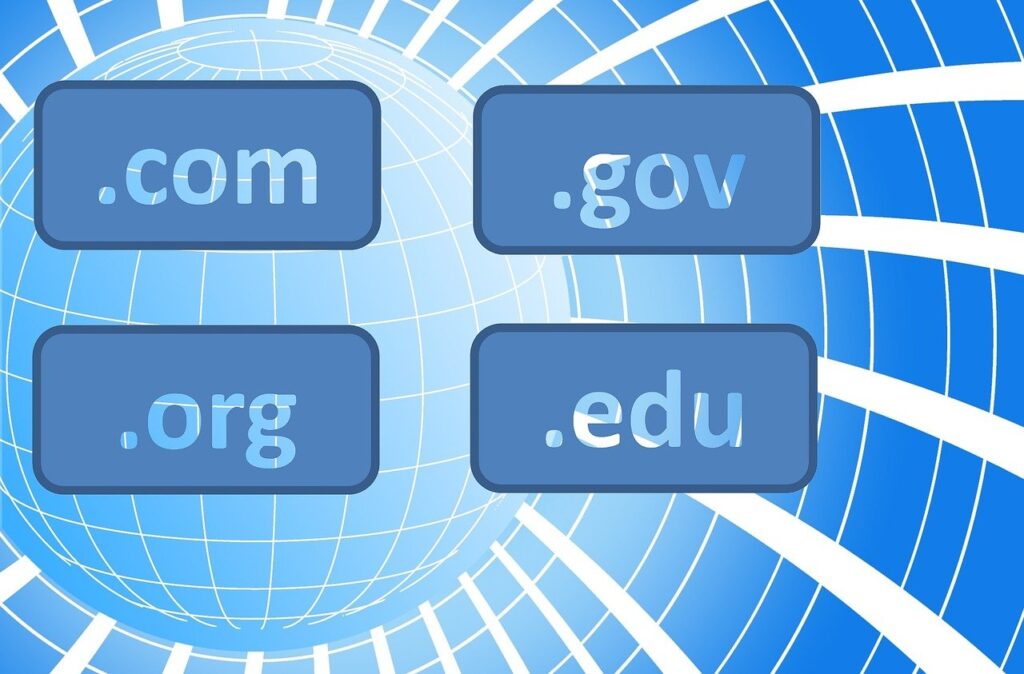When you decide to build a website, one of the first steps is registering a domain name. For many, the idea of a domain name being free sounds appealing. After all, if you can create a website for free, why should a domain name be any different? However, domain names are not free, and there are several reasons why you must pay for them. In this article, we’ll explore the various factors that contribute to the cost of a domain name and why it’s essential to understand these costs when building your online presence.

1. The Domain Name System (DNS) Infrastructure
The internet relies on a complex infrastructure to keep everything running smoothly. Domain names are a critical part of this infrastructure, allowing users to access websites through easy-to-remember addresses, such as www.yoursite.com, rather than having to remember complex numerical IP addresses.
This system is managed by a global network of domain name registries and registrars, who ensure that domain names are unique, properly allocated, and resolved to the correct servers. To keep this infrastructure running, domain registries and registrars incur significant operational costs, such as maintaining servers, security, and customer support systems. These costs are reflected in the price you pay for a domain name.
2. Domain Registration Fees
To obtain a domain name, you need to register it with an accredited registrar. A domain registrar is an organization that manages the registration of domain names. When you register a domain name, you’re essentially leasing it for a specific period, usually one year. You pay a registration fee to the registrar, which covers the cost of maintaining your domain in their system and ensuring that it remains available to you during the lease period.
The fees associated with domain registration vary based on several factors, including:
- Top-Level Domain (TLD): Different TLDs have different price points. For example, a .com domain might cost you around $10-$15 per year, while more specialized or newer TLDs (like .tech, .ai, or .store) could have higher registration fees.
- Registrar Markups: Registrars may add their own markups to the base cost of a domain. These additional fees help cover their operational costs, such as customer support and marketing.
- Premium Domains: Some domains are considered “premium” because they are short, memorable, or highly relevant to popular industries. These premium domains can cost significantly more—sometimes hundreds or even thousands of dollars.
3. Renewal Fees
Domain registration is not a one-time fee. To maintain ownership of a domain name, you must renew it each year. Renewal fees are typically similar to the initial registration fee but can increase over time. Domain registrars rely on renewal fees to maintain their operations and keep the domain name system running smoothly. If you fail to renew your domain, it may become available for others to register, and you could lose access to your website.
4. Ownership and Control
When you register a domain name, you’re not purchasing it outright. Instead, you’re renting it from a domain registrar for a specific period, usually one year. This means that if you don’t continue to pay the renewal fees, you could lose the rights to your domain.
While you technically “own” the domain for the duration of your registration period, it’s essential to remember that you’re still subject to the policies and terms set by the domain registrar and registry. This ensures that domain names are properly managed, preventing abuse or misuse.
5. Security and Privacy Protection
When you register a domain name, it’s typically associated with your personal or business information. This is part of the WHOIS database, which contains details about the domain’s owner, such as name, address, and contact information.
To protect your privacy, many domain registrars offer privacy protection services. These services can prevent your personal information from being exposed in the WHOIS database, helping protect you from spam, identity theft, and other potential security threats. These privacy services often come with an additional cost, but they help keep your domain secure.
6. Domain Name Auctions and Resale
Some domain names are highly valuable due to their memorability, popularity, or relevance to specific industries. These domains are often resold through domain auctions, where individuals or companies bid for the rights to own them. The price of premium domains can reach astronomical figures, especially if they are short, brandable, or contain popular keywords.
If you’re looking to purchase a premium domain, you’ll likely have to pay much more than the standard registration fee. In some cases, the cost could be thousands of dollars, depending on the perceived value of the domain.
7. Technical and Customer Support
When you register a domain name, you’re also paying for the technical infrastructure and support that come with it. This includes:
- DNS management: The registrar manages the DNS settings that connect your domain name to your website’s server.
- Customer support: Many registrars offer customer support services to help you with domain setup, DNS configuration, and troubleshooting.
- Security services: Domain registrars offer additional services like SSL certificates and two-factor authentication to keep your domain secure.
These services require resources and infrastructure to maintain, contributing to the cost of domain registration.
8. The Role of Registries and ICANN
Finally, the cost of a domain name is influenced by the domain registry and ICANN (the Internet Corporation for Assigned Names and Numbers), which oversees the global domain name system. Registries manage the operation of specific TLDs (such as .com, .net, or .org), and they set the base prices for these domains. ICANN is responsible for coordinating the global DNS system, ensuring the system remains secure, stable, and scalable.
Registrars must pay fees to registries for each domain name they register, which in turn affects the price consumers pay. While these fees may seem small, they add up over time and contribute to the overall cost of domain names.
Conclusion
While the idea of a free domain name might sound tempting, there are several reasons why domain names are not free. From the underlying infrastructure and management to the costs of security and customer support, domain names require resources to maintain. Whether you’re registering a .com, .net, or a more specialized domain, it’s important to understand the costs involved and recognize that these expenses help keep the global domain name system secure, reliable, and accessible. In the end, paying for a domain name ensures you have a unique and professional online presence, whether for personal or business purposes.


